|
Observing deep space objects from the city is always in equal parts exciting and disappointing. Exciting, occasionally because of the beauty of the object (the Orion Nebula, for example), but especially because of the thrill of overcoming our local light pollution to see something so far away. But disappointing because I always know how much more spectacular just about anything in deep space would look in a truly dark sky. Not so the Moon or planets. I can see them just as well from my observation deck as I could out in the wilderness, and that's a nice feeling. Last night, I stepped out in conditions that were supposedly less than ideal: below-average seeing and poor transparency (the latter actually doesn't matter so much for lunar viewing, but still). When I walked outside with my bags, the clouds were in fact just rolling in - an hour or so ahead of schedule - and the first wispy filaments were beginning to shroud the Moon. Undeterred, I set up my Takahashi FC-100DC. To put it lightly, I did not regret my decision. The seeing, as I judged it, was in fact above average, and occasional moments of tranquility and clarity made for some of the best lunar views I've ever had. I used a huge new eyepiece - an 3.7mm TeleVue Ethos - for spectacularly detailed exploration at exactly 200x (the theoretical maximum magnification of a 4-inch telescope, although fine optics can be pushed beyond that limit). It really does feel like exploration at that magnification, with my optics, and with the seeing so calm. Recently, I've been writing about the spurious sighting of a lunar city by one Franz von Gruithuisen in the 1820s. Last night, I could see how he went wrong. The Moon is revealed as a truly complex and vibrant world through a good telescope and a steady atmosphere. With the Moon just past its first quarter, a lot of spectacular and historically significant features are clearly visible. Indeed the Moon used to be one of the least interesting objects in the sky for me; good for a quick (admittedly spectacular) view, but not much else. Now, after reading and writing about the Moon's natural and cultural histories, I find it endlessly fascinating. I could spend countless hours exploring its environments, which now seem diverse and dynamic to me. It didn't take long before those clouds arrived in earnest. Even then, it was striking to see them rush past the Moon at relatively high magnification. At low magnification - just 23x! - the Moon was still absolutely crystal-clear, despite those clouds, and in fact more beautiful than I've ever seen it. The combination of the Takahashi refractor and the Ethos eyepiece worked spectacularly well in average to above-average seeing. Of course, my phone just couldn't do justice to the view, but I do think my images have improved a great deal, and even the video above - which shows those clouds setting in - is better than I could have managed a few months ago. Progress!
0 Comments
Leave a Reply. |
Archives
March 2024
Categories
All
|

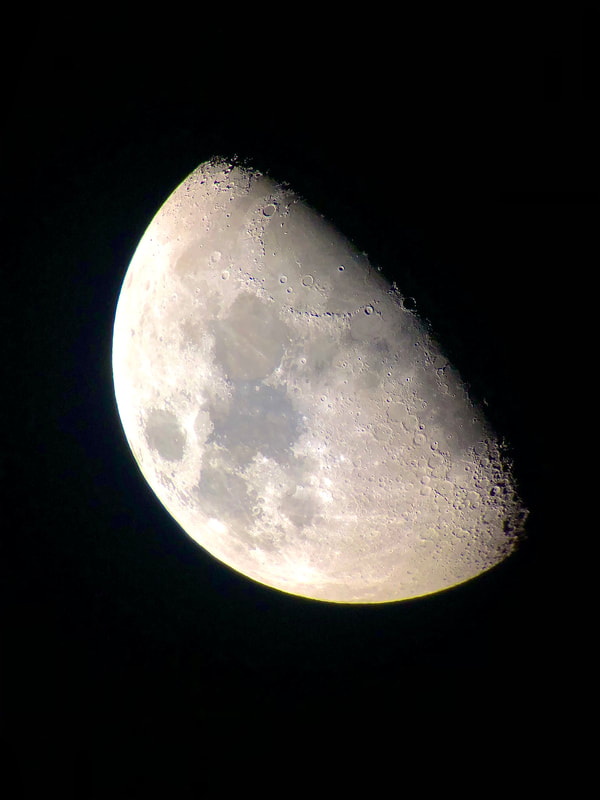
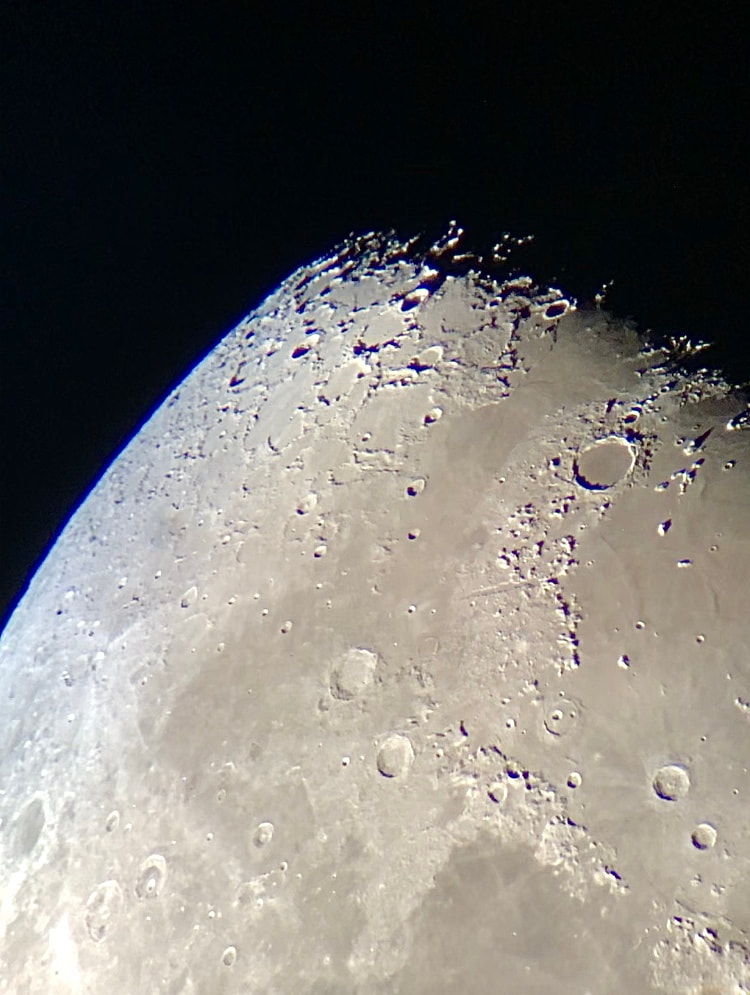
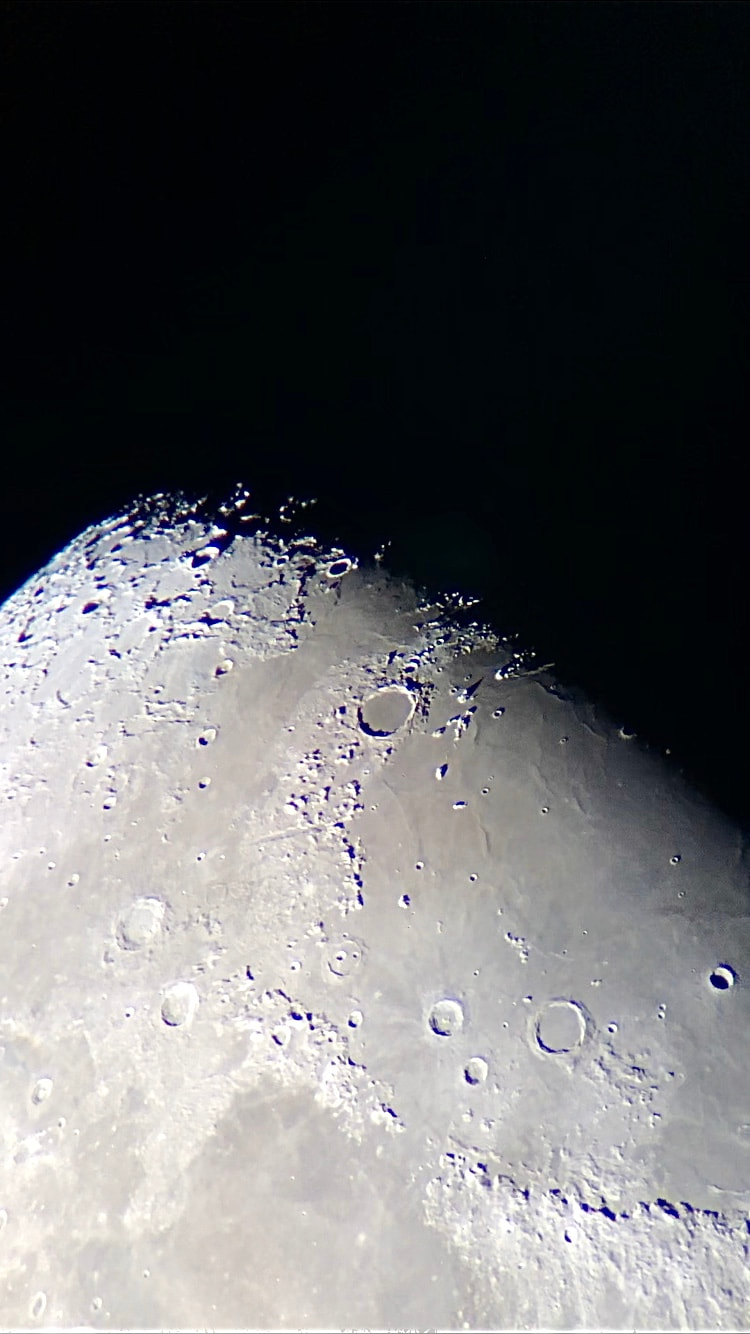
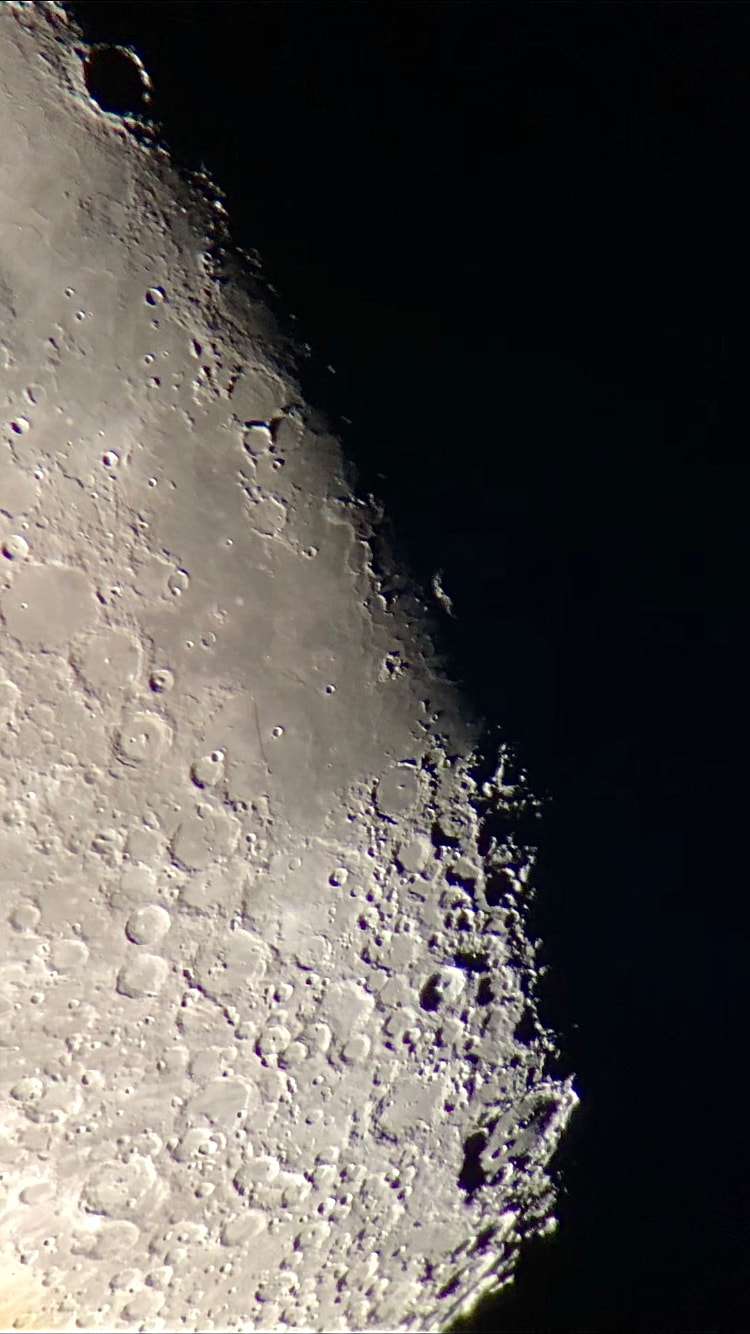
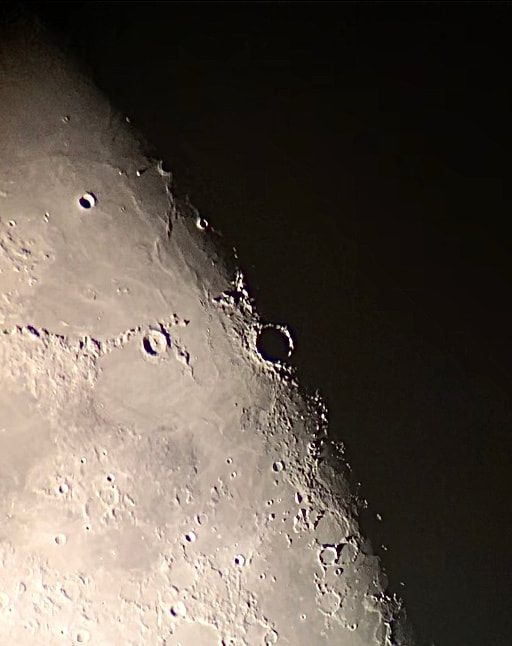
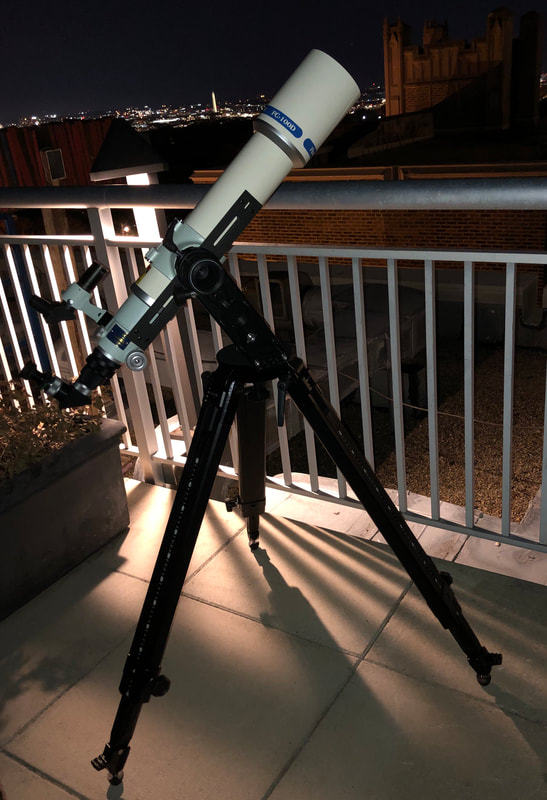

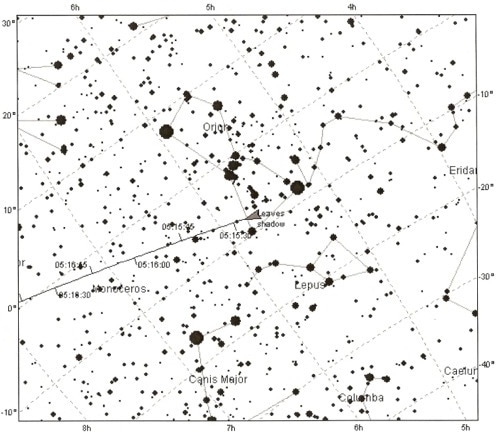
 RSS Feed
RSS Feed